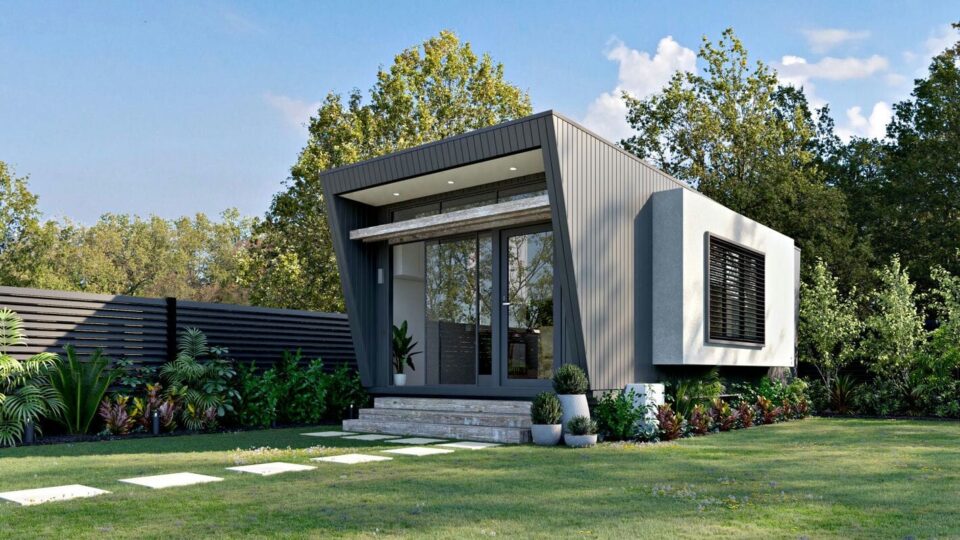The tiny house movement has captured the imaginations of many. Whether driven by economic, environmental, or lifestyle factors, more homeowners are making the conscious decision to downsize their living spaces. Tiny homes, typically defined as residences under 400 square feet, offer a unique approach to modern living.
This article explores 7 reasons behind the growing trend of homeowners opting for tiny homes and highlights the benefits that come with downsizing.
1. Financial Freedom
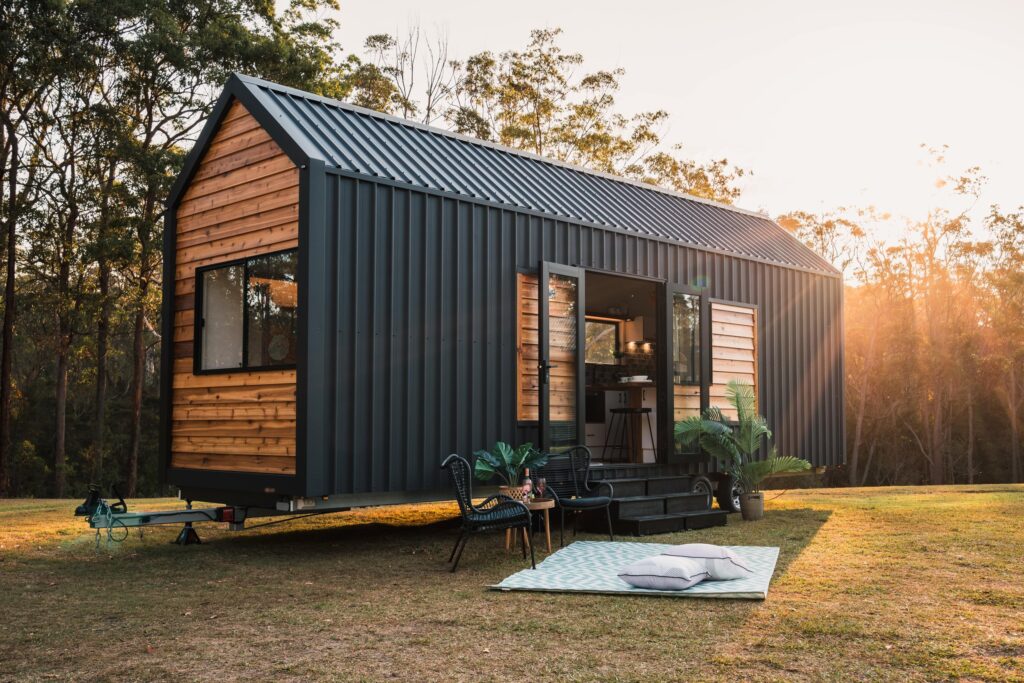
One of the most compelling reasons homeowners choose tiny homes is the financial benefits. If you check the prices of tiny houses for sale you will immediately notice that those cost significantly less to build or buy compared to traditional houses. The reduced square footage means lower costs for materials and labor. Additionally, maintenance expenses are lower due to the smaller space.
Reduced Utility Bills
Tiny homes consume less energy for heating, cooling, and electricity. As a result, utility bills are considerably lower, allowing homeowners to save money and reduce their carbon footprint. The energy-efficient design of many tiny homes further contributes to lower utility costs, as they often incorporate solar panels, energy-efficient appliances, and high-quality insulation.
This not only reduces monthly expenses but also promotes a more sustainable way of living. Over time, the savings on utility bills can accumulate, providing homeowners with additional financial security and freedom.
2. Minimalist Lifestyle
Living in a tiny home forces residents to prioritize their belongings, leading to a minimalist lifestyle. Homeowners find joy in decluttering and keeping only what is truly necessary and meaningful.
This process of simplification can be liberating, as it reduces the physical and mental burden of owning too many possessions. By focusing on quality over quantity, tiny home dwellers can create a more organized and serene living environment.
Focus on Experiences Over Possessions
With fewer belongings, tiny home dwellers often shift their focus from accumulating material goods to enjoying experiences. This shift can lead to a more fulfilling and less stressful life.
Instead of spending money on unnecessary items, homeowners can invest in activities that bring joy and personal growth, such as traveling, learning new skills, or spending time with loved ones.
3. Mobility and Flexibility
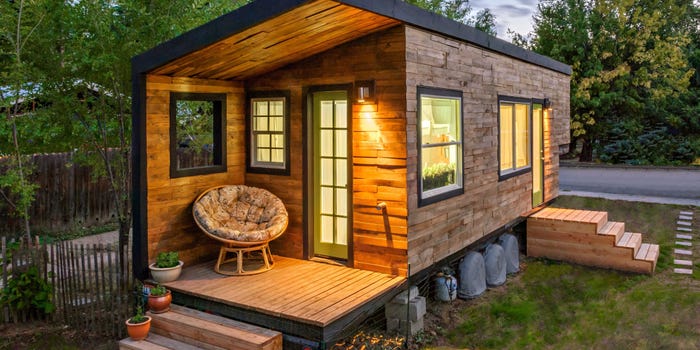
Many tiny homes are built on wheels, allowing homeowners to move their residence as needed. This mobility offers the freedom to explore different locations without the need to buy or sell property.
Tiny homeowners can relocate to new cities, states, or even countries with ease, embracing a nomadic lifestyle if they choose. This flexibility can be particularly appealing to those who enjoy travel, work remotely, or seek new adventures.
Flexibility in Living Arrangements
Tiny homes can serve various purposes, such as vacation homes, guest houses, or primary residences. This flexibility allows homeowners to adapt their living arrangements to their changing needs and lifestyles.
For example, a tiny home can be an affordable solution for hosting guests or accommodating elderly family members. It can also serve as a temporary residence during a home renovation or a cozy retreat for weekend getaways.
4. Customization and Personalization
Tiny homes offer the opportunity for complete customization. Homeowners can design their living spaces to fit their specific needs and preferences, creating a home that is uniquely theirs. From the layout and color scheme to the choice of materials and finishes, every aspect of a tiny home can be personalized.
Innovative Design Solutions
The challenge of fitting all necessary amenities into a small space leads to innovative design solutions. Tiny homes often feature multi-functional furniture, creative storage options, and efficient use of space.
These innovative designs maximize functionality without sacrificing comfort or style. For example, fold-out beds, retractable tables, and built-in storage compartments are common features in tiny homes.
5. Lower Living Costs
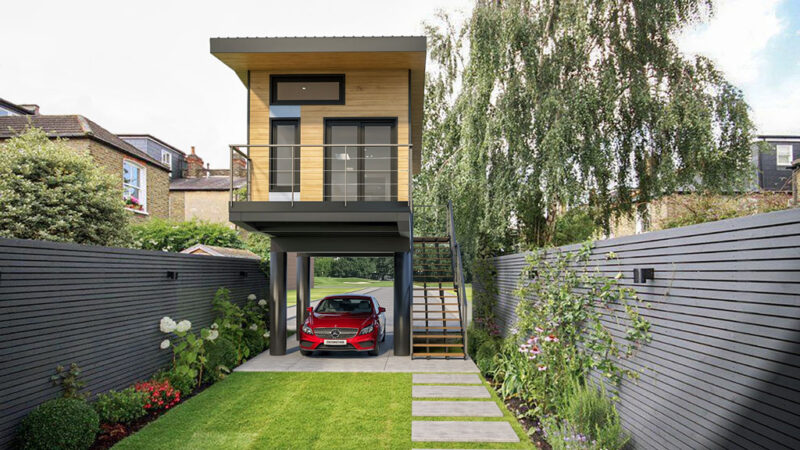
Due to their smaller size and lower value, tiny homes often incur lower property taxes compared to traditional homes. This reduction in taxes can contribute to overall financial savings. Homeowners can use these savings to invest in other areas of their lives, such as retirement funds, education, or travel.
Lower property taxes also make tiny homes an attractive option for those on a fixed income or looking to reduce their monthly expenses.
Affordable Upkeep
The smaller space means that upkeep, repairs, and renovations are more affordable. Homeowners can maintain their tiny homes without the significant expenses associated with larger properties. Routine maintenance tasks, such as cleaning and minor repairs, are quicker and easier to manage in a tiny home.
6. Enhanced Quality of Life
A smaller home means less time spent on cleaning and maintenance. Homeowners can enjoy more free time and less stress, leading to an improved quality of life. The reduced burden of household chores allows tiny home dwellers to focus on activities that bring them joy and fulfillment.
More Time for Hobbies and Interests
With lower living costs and less time spent on home maintenance, tiny home dwellers often have more time and resources to pursue hobbies and interests. This can lead to a more fulfilling and enjoyable lifestyle. Whether it’s gardening, painting, traveling, or learning a new skill, the extra time and financial savings provide the freedom to explore and enjoy a variety of activities.
7. Healthier Living Environment
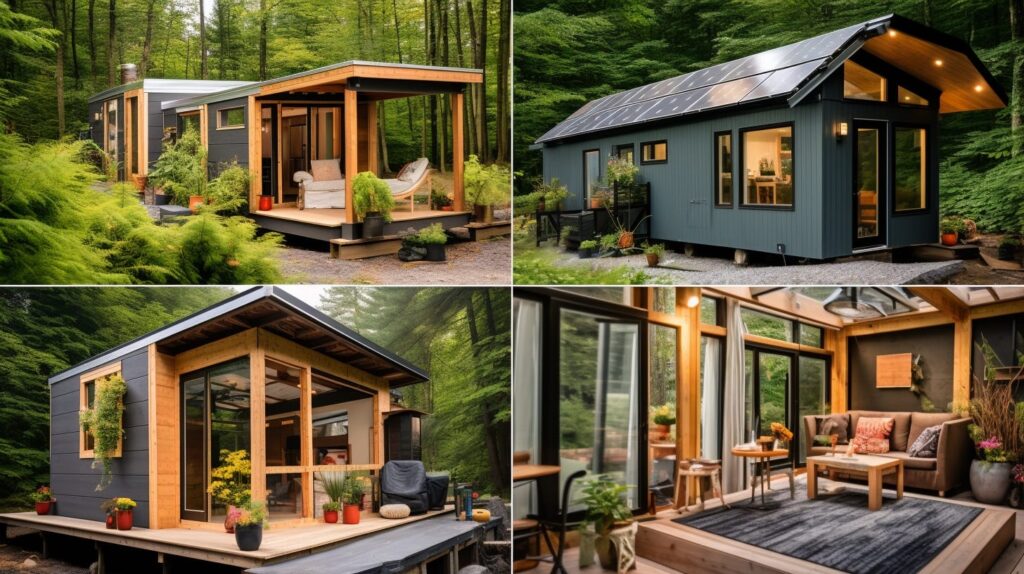
Tiny homes often have better ventilation and air quality due to their smaller size. Homeowners can enjoy a healthier living environment with fewer pollutants and allergens. Good air quality is essential for overall health and well-being, and tiny homes are designed to promote proper ventilation and airflow. The use of non-toxic and eco-friendly materials can also contribute to a healthier indoor environment.
Increased Outdoor Time
Living in a tiny home encourages spending more time outdoors. Homeowners often create outdoor living spaces, such as decks or patios, to expand their living area and enjoy nature. This connection to the outdoors can improve mental and physical health, as spending time in nature has been shown to reduce stress and enhance well-being. Outdoor activities, such as gardening, hiking, or simply relaxing in the fresh air, can provide a welcome escape from the confines of indoor living.
In summary
As more people embrace this lifestyle, the tiny home community continues to grow, fostering innovation and sustainability in housing. Whether driven by necessity or choice, downsizing to a tiny home can lead to a more fulfilling and sustainable way of living.

